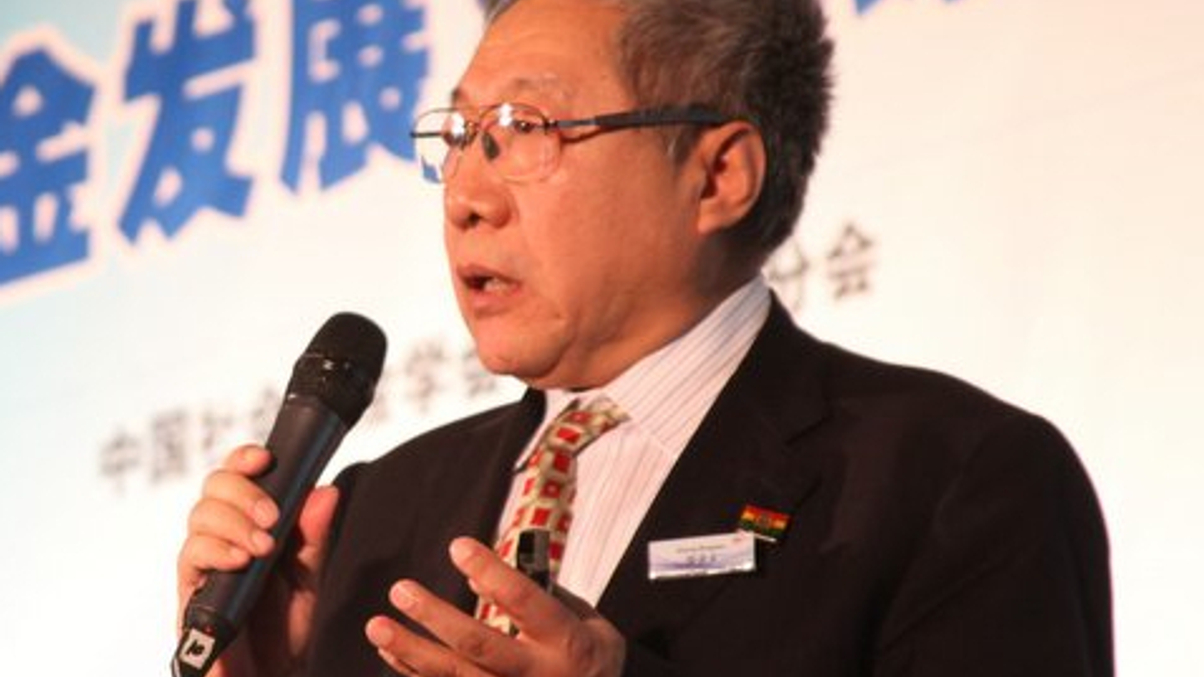NCSSF tipped for expansion under PPF reforms
China’s social security investment council is expected to be given a swathe of new pension mandates, but it will need to take on more external managers to handle the workload.

China’s social security investment council NCSSF will need to hire more external managers when it receives a fresh round of government mandates, AsianInvestor has been told.
Sign in to read on!
Registered users get 2 free articles in 30 days.
Subscribers have full unlimited access to AsianInvestor
Not signed up? New users get 2 free articles per month, plus a 7-day unlimited free trial.
¬ Haymarket Media Limited. All rights reserved.


